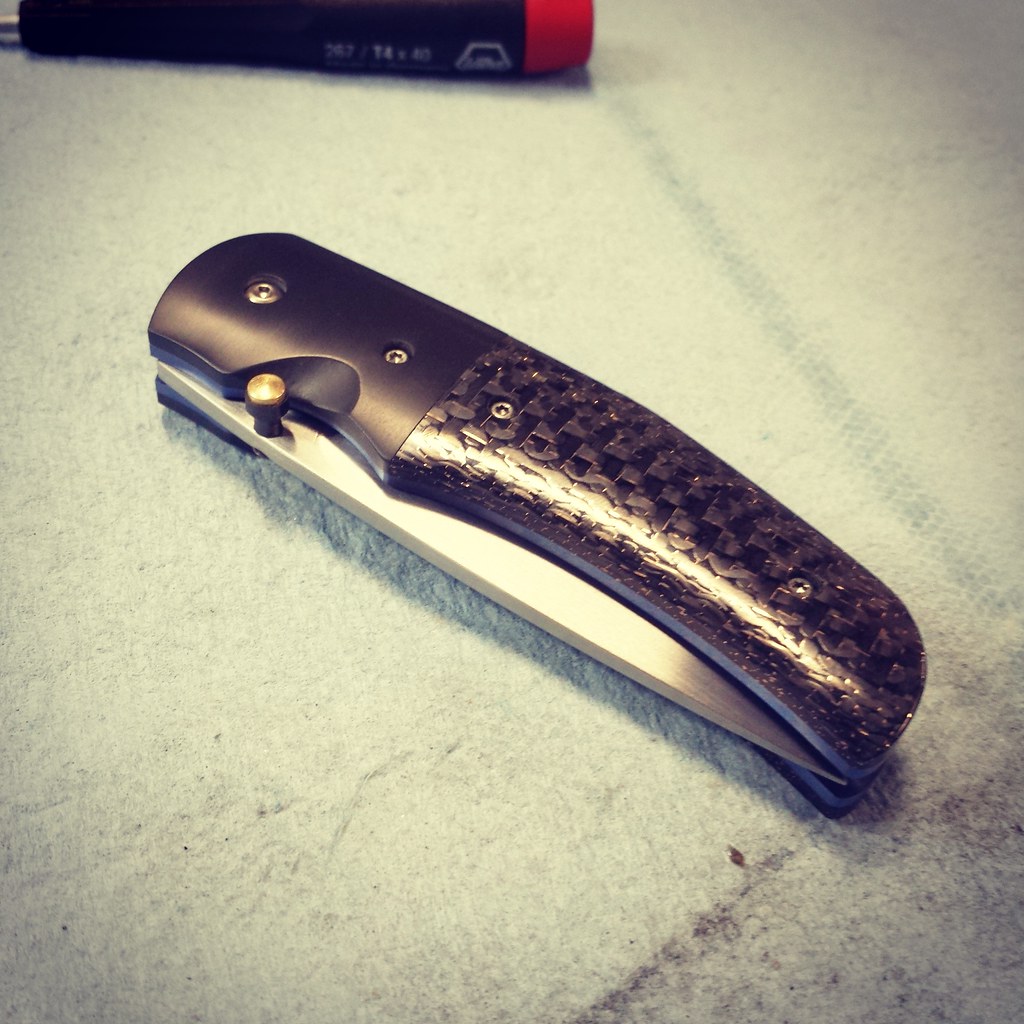- Joined
- Sep 21, 2013
- Messages
- 1,574
Seems like I hear about makers who use them for things. On the show where they make the fantasy blades (man-at-arms)it seems like they use the Scotch Brite after only maybe 220 or 320 grit then they go to the buffer and they seem to get a good finish on their blades.
I've been mostly going to 220 or a A65 gator after heat treat and then working my way from a 400 grit cork belt all the way to a thousand grid cork belt and then any hand sanding I was going to do. do I have anything to gain by switching to scotch brite at any point?
Thanks!
I've been mostly going to 220 or a A65 gator after heat treat and then working my way from a 400 grit cork belt all the way to a thousand grid cork belt and then any hand sanding I was going to do. do I have anything to gain by switching to scotch brite at any point?
Thanks!



